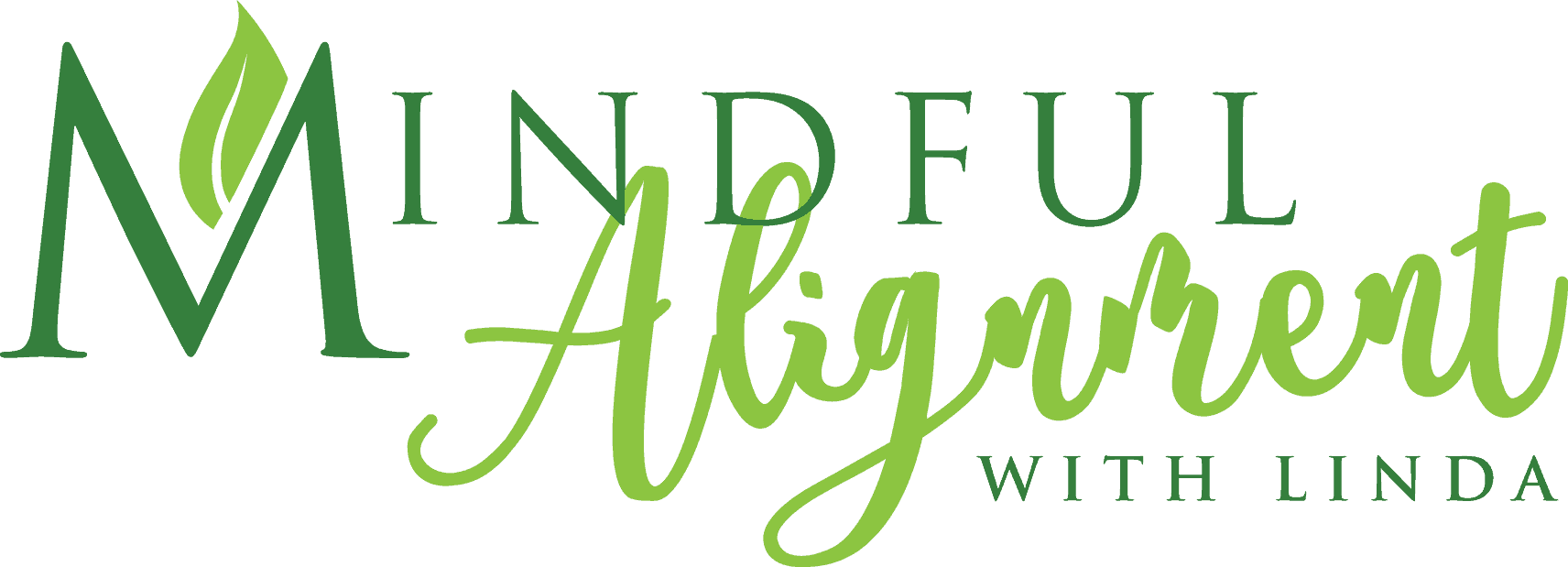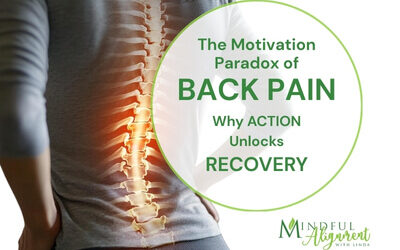Transforming Your Relationship with Back Pain: A Mindset Revolution
Back pain is more than a physical challenge—it’s a profound psychological journey. The real battle isn’t just in your muscles and joints, but in your mind. Your thoughts can either be a prison or a pathway to healing.
Reframing Your Inner Narrative
When chronic pain enters your life, it brings more than physical discomfort. It introduces a critical question: Will you be defined by your pain, or will you define your experience with pain?
The most powerful tool in your healing arsenal isn’t a medication or a treatment—it’s your mindset.
Here are the transformative mental shifts that can change everything:
From Victim to Victor: Reclaiming Your Agency
Pain can make you feel powerless, but this is an illusion. You are not passive in your healing journey. Every thought, every small action is a declaration of your strength. Instead of asking, “Why is this happening to me?” ask, “What can I learn from this experience?“
Mindset Shift: Your pain is not a punishment. It’s information. It’s your body’s way of communicating, and you have the power to listen and respond.
Embracing Uncertainty with Curiosity
Anxiety about the future often stems from wanting absolute certainty. But healing is not linear. Some days will be challenging, others will surprise you with progress.
Mindset Shift: Replace “What if I never get better?” with “I am discovering my body’s resilience every single day.”
Movement as Empowerment, Not Threat
Fear of movement is a common psychological trap. Your brain learns to associate movement with pain, creating a cycle of tension and avoidance. But movement is not your enemy—it’s your ally.
Mindset Shift: Each gentle movement is an act of courage. You’re not just stretching muscles; you’re rewiring neural pathways of fear.
Redefining Success and Progress
Traditional measures of progress don’t work with chronic pain. The first step is about accepting your pain and expanding your capacity to live life to its fullest.
Mindset Shift: Progress is multidimensional. It’s not just about pain levels, but about your emotional resilience, your ability to adapt, and the quality of your life.
Your Healing Toolkit: Small, Powerful Practices
- Daily Affirmation: “My body is intelligent. I trust its healing process.“
- Breath Work: Use breath as an anchor. When pain feels overwhelming, return to your breath.
- Gratitude Journaling: Document not just pain levels, but moments of joy, no matter how small.
- Compassionate Self-Talk: Speak to yourself as you would to a dear friend experiencing challenges.
The Most Important Truth
Your pain does not diminish your worth. You are not broken. You are a complex, resilient human navigating a challenging experience. Every small step, every moment of choice, is a testament to your incredible strength.
Remember: Healing is not about perfection. It’s about progression, compassion, and staying connected to hope.
Your journey continues, one mindful moment at a time.
Here’s a few videos to help you on your wellness journey:
Are you tired of living with pain?
Are your activities and daily choices determined by your level of pain?
Are you ready to change your life for the better and gain back your physical freedom?
My unique and custom designed approach comes from years of training, education and experience. Together, we will get you back to living pain free and enjoying life.
Sign up for a private session today
It’s never too late to try something new.

Related Articles:
Beyond Calcium: The Power of Yoga for Bone Health
Discover how yoga supports bone health and osteoporosis prevention. Learn science-backed poses that strengthen your skeleton and reduce fracture risk.
The Motivation Paradox: Action is the Catalyst for Healing Back Pain
Discover the Motivation Paradox of Back Pain—why waiting for motivation keeps you stuck and how action is the true catalyst for healing. Learn science-backed strategies to break the pain cycle and reclaim mobility.
Transform Back Pain Anxiety: From Uncertainty to Empowerment
Discover how to navigate pain anxiety with empowerment. Embrace uncertainty and reclaim your healing journey through mindfulness and resilience.
Embracing Change: A Journey of Small Steps
Embracing change through small steps: Focusing on small, consistent steps emphasizes sustainability and avoids overwhelming change, which is key to maintaining health goals.




